Studies show that hemp seed oil continues to increase in market demand.
It comes as no surprise as hemp seed oil provides many health benefits. Some of these are lowering cholesterol levels, treating eczema, and alleviating menstrual cramps. Hemp seed oil offers a wide range of medical uses.
If you’ve been curious about hemp or looking for alternative medicine for your ailment, this could be the guide you need. Here are some common hemp seed oil uses and benefits!
1. Improve Cognitive Function
Hemp oil contains a balanced amount of omega-3 and omega-6. A high concentration of polyunsaturated fats can improve cognitive function. It allows proper blood circulation that leads to better brain performance.
Healthy fats boost memory, reduce the risk of dementia, and decrease depression symptoms.
The polyphenols found in hemp seed oil protects neurons from injuries. It allows your brain to repress neuroinflammation from occurring. Take three tablespoons of hemp oil each day to get the correct number of fatty acids needed in a healthy diet.
2. Promote Cardiovascular Health
Consuming hemp oil can also boost cardiovascular health. The hemp seed oil offers alpha-linolenic that lowers the risk of heart diseases.
The essential fatty acids found in hemp seed contain beta-sitosterol. As a result, it reduces the cholesterol in your blood. Lowering cholesterol levels prevents hypertension and stroke.
Gamma-linoleic acid is an anti-inflammatory component found in hemp seed oil. Regular intake of hemp oil lowers your chances of catching heart inflammation diseases. It includes pericarditis, endocarditis, and myocarditis.
3. Boost Immune System
The essential fatty acids can boost the immune system as well. It synthesizes the endocannabinoids system to stabilize the internal environment of the body.
Hemp seeds contain an essential protein called globulin. It produces antibodies that allow the body to fight infections, strengthening your immunity.
4. Relieve Pain
Relieving pain is one of the hemp seed oil uses you can enjoy. The gamma-linoleic acid present in hemp oil offers anti-inflammatory properties. Applying the oil to the affected area can ease pain and inflammation.
You can use hemp seed oil to relieve organ inflammation, joint pain, and headaches.
Apply the hemp oil right on the inflamed or painful area. You can use the product alongside another pain reliever for faster results. With this, equip your medicinal kit with hemp seed oil for your convenience.
5. Improve Skin Condition
Hemp seed oil provides many benefits to the skin. It can regulate oil production, moisturize skin, and treat skin conditions. You can either drink or apply hemp oil to the skin to see results.
Most skin types can use hemp oil to moisturize the skin without blocking pores. It contains anti-aging properties as well that reduce wrinkles and fine lines. Hemp seed oil evens out the oil your body produces and hydrates other areas.
The gamma-linoleic acid in the oil ease inflammation on the skin, such as acne and psoriasis. Consuming hemp seed oil can reduce the symptoms of atopic dermatitis as well. Read the article to learn more!
Hemp Seed Oil Uses You Shouldn’t Overlook
Now you know some of the most beneficial hemp seed oil uses. From enhancing digestive health and aiding weight loss, the right amount of hemp oil can be good for you.
To learn more about the different applications of hemp, check out our other blog posts!

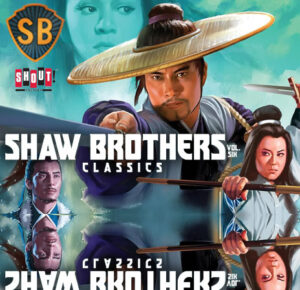
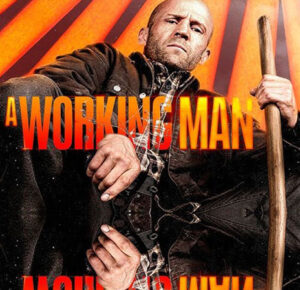
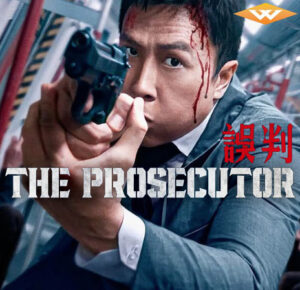


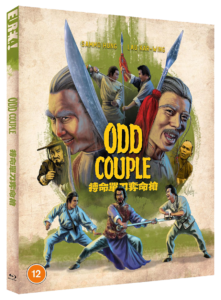





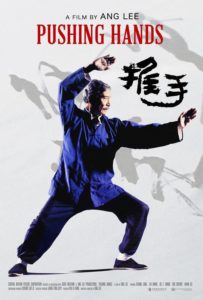
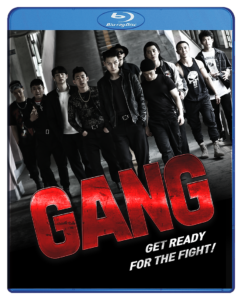
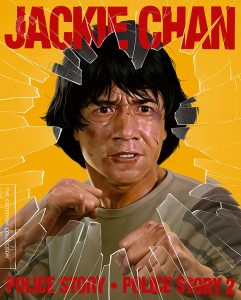


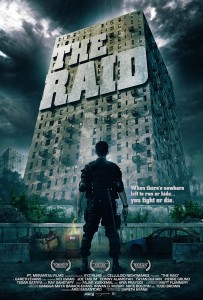



Be the 1st to Comment